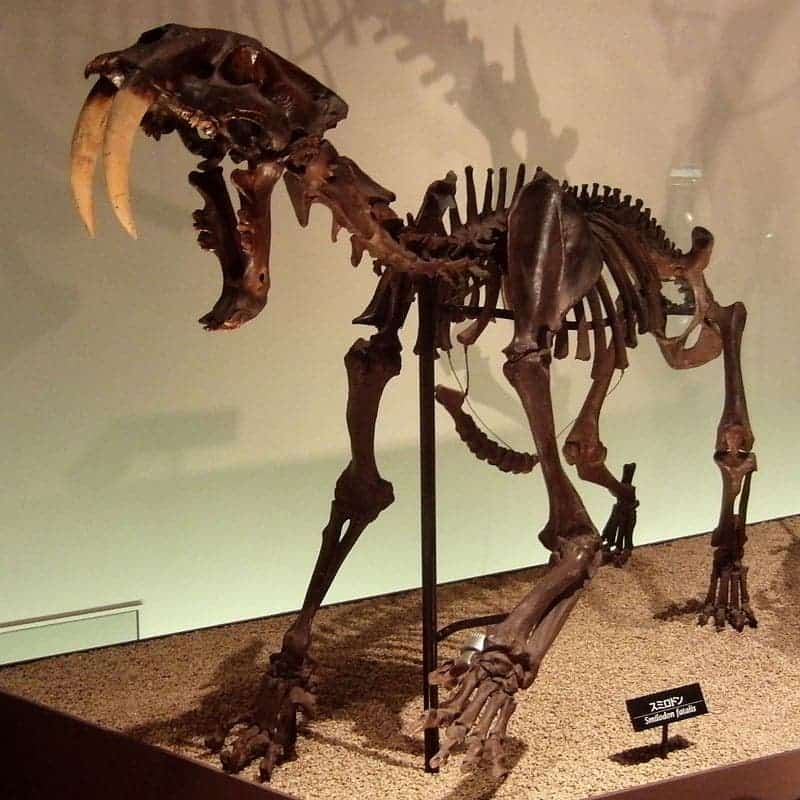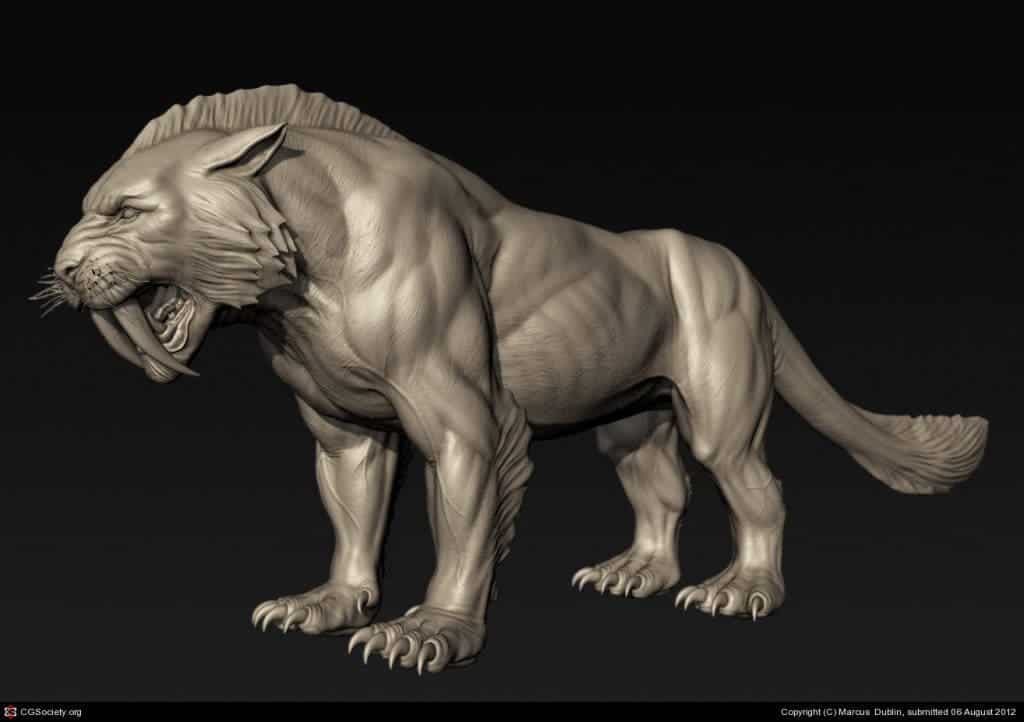Saber-tooth cats, the bane of early humans (and pretty much every creature that co-existed with them), roamed the Earth for 42 million years before going extinct at the end of the ice age. Now, a new study has found that their trademark teeth may have evolved later in their evolutionary stage, but when they grew, they grew fast.

The saber-tooth cats were found worldwide from the Eocene epoch (42 million years ago) to about 11,000 years ago – the earliest human cultures might have actually seen them in action. Despite the “cat” in their name, these animals are not closely related to modern cats, belonging to a different evolutionary tree. The most well known saber-tooth cat is the Smilodon, who emerged 2.5 million years ago and weighed up to 440 kg.
With their incredibly long teeth, they have fascinated us for centuries, and researchers have been striving to understand how, and why these teeth evolved. Now, they are one step closer, after learning that these teeth grew incredibly fast.
“For predators such as big cats, an important determinant of an individual’s full hunting ability is the time required to grow their weapons—their teeth,” explains Z. Jack Tseng, who is a National Science Foundation and Frick Postdoctoral Fellow in the American Museum of Natural History’s Division of Paleontology. The study co-author goes on to say, “This is especially crucial for understanding sabertoothed predators such as [the species] Smilodon.”
The sabers they developed were a remarkable adaptation, and Tseng wanted to see just how long it took for a specimen to grow its teeth. So he and his team conducted chemical analysis on fossils and meticulously analyzed the chemical composition and structure of the sabers. They came up with a stunning results: the saber teeth grew by 6 mm per month – twice as fast as human fingernails!
“Timing of development is critical for many aspects of vertebrate ecology and evolution,” reports New York State Museum Pleistocene vertebrate paleontology curator Robert Feranec and study co-author. “Changes in the timing of life-history events can have major effects on an organism’s adult features and final appearance. For extinct species, we can usually only determine the relative sequence of development events. This technique will permit the determination of absolute developmental age not only for Smilodon, but other extinct species.”

So even though they had huge fangs, much longer than those of today’s lions, they didn’t take so much time to grow them. However, when it comes to biting, tooth size isn’t everything. Using computer models, scientists estimated the bite strength that saber cats use and found that it was actually weaker than their gripping force – so it seems likely that they killed their prey by gripping, not biting. However, the long canines were extremely efficient at biting the neck.
Saber tooth cat mostly hunted large, slow prey. The Smilodon for example was an apex predator and primarily hunted large mammals like bison, camels, horses and even mammoths. They were experts at ambushing and used their large mass to disrupt the balance of their prey, making it vulnerable. They would likely still be alive today, if most of their prey hadn’t gone extinct.
The study is published in the journal Proceedings of the National Academy of Sciences.
Was this helpful?



